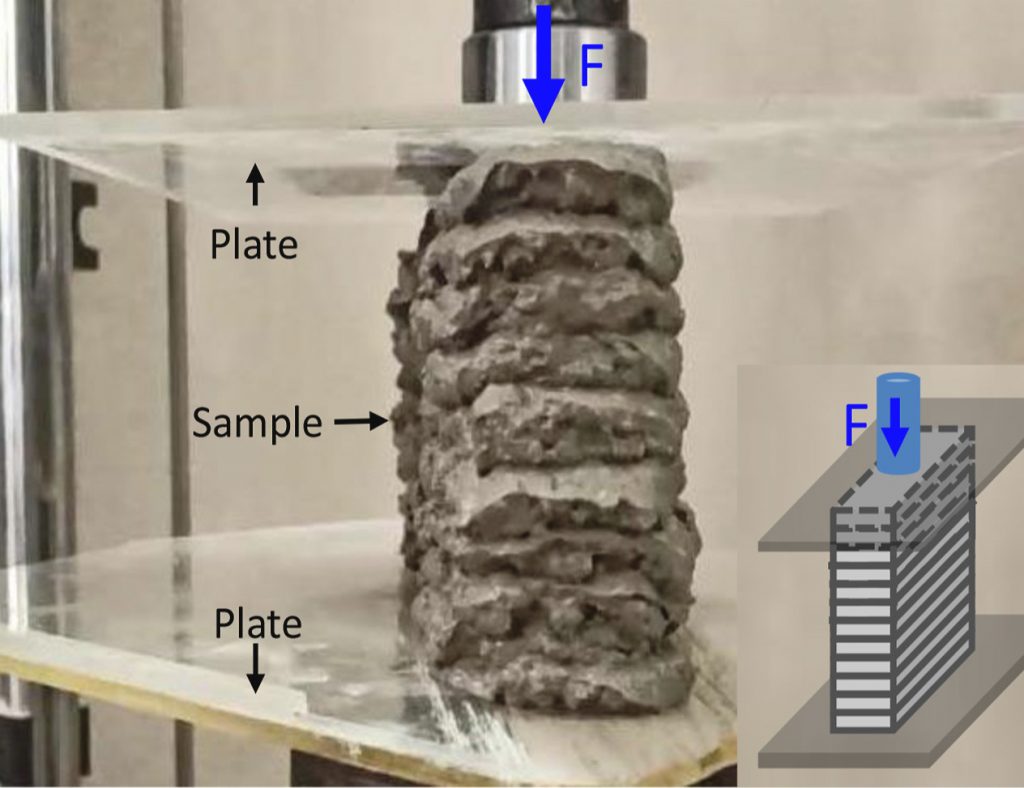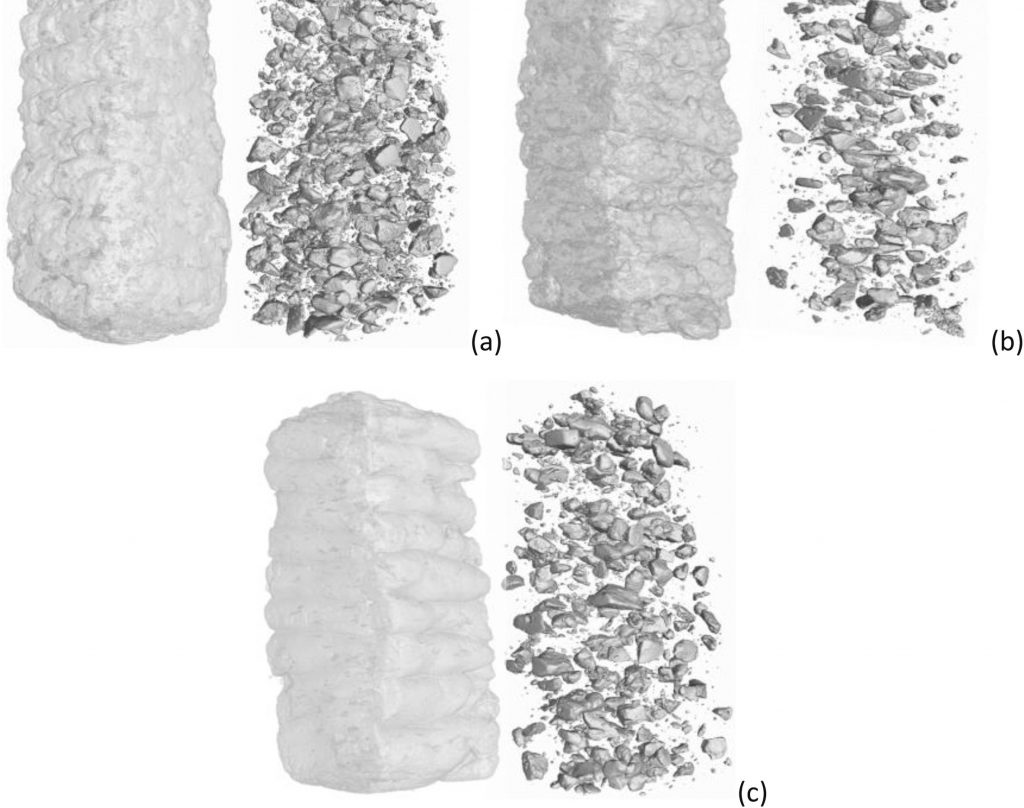Scientists based at the Swinburne University of Technology and Hebei University of Technology have managed to turn construction waste into a sustainable new 3D printing material.
Using recycled concrete aggregate, ceramsite particles and desert sand, the team have been able to formulate a low-cost extrudable building material, in three different particle gradings. During initial testing, the novel concrete substitute demonstrated a self-supporting ‘skeletal’ effect, potentially lending it the strength and durability needed for deployment within heavy-duty construction applications.

Embracing eco-friendly construction
Although 3D printing has been used to build everything from 97 foot-long pedestrian bridges to stylish concrete furniture in recent weeks, conventional materials continue to limit the technology’s construction potential. Once printed, existing cements feature weak bonding and yield structures with inadequate reinforcement, meaning that 3D printing is often deployed within one-off low-risk architectural projects.
However, the flexibility of additive manufacturing also has its advantages, and presents the opportunity to develop new eco-friendly substitutes for concrete, a material which produces over 70kg of CO2 per tonne. Within conventional building materials, aggregate forms more than half the mixture, thus many have experimented with switching to virgin aggregates, but this is now becoming a burden on natural resources.
As an alternative, the scientists have now combined desert sand with the ceramsite used to manage lake sediment as well as demolition waste, to formulate a novel lightweight concrete replacement. Given that less than 5% of concrete is recycled, and it’s often used within floor tile and pavement production, the team’s material could eventually help reduce the building industry’s wider environmental impact.
“Construction and demolition waste generated each year accounts for half of all urban solid waste; this threatens the urban environment,” explained the scientists in their paper. “The exploration of eco-friendly solutions is important for addressing the shortages of natural resources, and serious deterioration of the ecological environment.”

Creating a novel cement substitute
During the formulation process, the team mixed everyday Portland cement, silica fume and a polycarboxylate superplasticizer to create three cement mixtures with varying particle sizes. Initially the scientists found that aggregates should be no greater than a third of the nozzle’s diameter to avoid blockages, and that 0.3-2.36 mm particles were insufficient.
Once the team had identified the optimal mixture, they deployed a 1.8m x 1.8m x 1.5 m gantry 3D printer to build three ten-layer 300mm-long test structures. One of the models, which was constructed out of a continuous dense grading material, demonstrated especially low flowability, which caused it to exhibit a ‘skeletal’ effect and a high yield stress level.
Additionally, the researchers’ strongest formulation was capable of withstanding 91N of load, and its recycled concrete content served to increase the surface area between each layer, improving adhesion. However, all three mixtures also showed high levels of shrinkage within the first 24 hours, with the lowest ceramsite-containing materials being affected worst.
The researchers’ concluded by suggesting that adding further aggregates could help to mitigate the shrinkage seen in their cement matrix, but they also conceded that further R&D is needed to prevent potential cracking. As a result, the team’s eco-friendly material remains under development, despite the encouraging flowability, mechanical properties and adhesion shown during early testing.
Reinforced cement formulations
Over the last year, significant progress has been made in the development of optimized concrete materials, that yield structures with reinforced mechanical properties. Scientists at the TU Delft, for instance, have created a calcined clay-based cement that’s specifically designed for 3D printing with increased flow consistency and buildability.
Similarly, a researcher from the Swinburne University of Technology is working with French construction firm Bouygues Travaux Publics to help it understand the compressive strength of its materials. Using machine learning methods, the team ultimately aims to classify the stability of 3D printed compounds, many of which are used widely in the building industry.
By contrast, scientists at UC Berkeley have taken a different approach to reinforcing concrete structures, by incorporating 3D printed polymeric lattices into buildings instead. The lightweight lattices not only reduce the amount of material needed by around 33%, but increase the resulting structures’ load-bearing capabilities as well.
The researchers’ findings are detailed in their paper titled “3D printing eco-friendly concrete containing under-utilised and waste solids as aggregates.” The research was co-authored by Gang Bai, Li Wang, Guowei Ma, Jay Sanjayan and Mingke Bai.
To stay up to date with the latest 3D printing news, don’t forget to subscribe to the 3D Printing Industry newsletter or follow us on Twitter or liking our page on Facebook.
Are you looking for a job in the additive manufacturing industry? Visit 3D Printing Jobs for a selection of roles in the industry.
Featured image shows one of the researchers’ 3D printed concrete structures being subjected to compression testing. Photo via the Cement and Concrete Composites journal.


